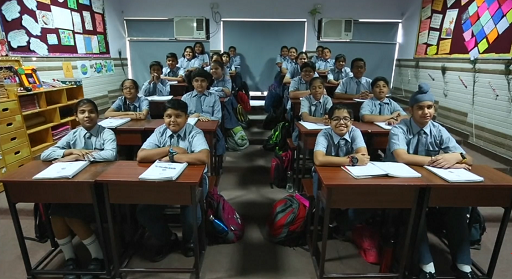1 Schools around the world
Comparative and international education studies is an exciting and interesting field.
You’ll start this course by watching a short film and then in the next section you’ll look at a slideshow of images.
Activity 1
To start, watch a short film. In the activity in the next section you’ll have the opportunity to look at a series of photographs of schools around the world and the children and adults in them.
Watch the 3-minute film and think about the questions below as you watch (you may wish to make notes in the box below).
- What do you notice about the age of the learners?
- How are the classrooms organised?
- Which classroom looks most like the one you attended?
- Which classroom looks most different to the one you attended?
You can pause the film at any time to look more closely.

Transcript: Video 1: Schools around the world
[CHILDREN CHATTER IN LOCAL LANGUAGES]
Add your notes in the box below and then click on ‘Save and Reveal Discussion’ to compare your reflections with those in the discussion.
Discussion
This film was chosen to open the course because it shows the very wide range of learners, teachers and classrooms around the world today. The film begins to show us what kinds of comparisons you might make of children’s education in different contexts.
In the film, you can look closely at some of the details of the children and the classrooms, for instance, at the kinds of clothes the children wear, how classrooms are resourced and decorated, and where the teacher places herself or himself. You can see how children are organised, for instance, whether boys and girls are sitting together or are separated, and whether classrooms are indoors or outside (one classroom is on the water). You can guess at the relationships between children and teachers, whether these seem to be warm and friendly or hierarchical and strict.
Clearly, some children and teachers have more, and better, resources than others. The film illustrates the great inequalities between the richest and the poorest countries in terms of education. There are of course differences within countries that you don’t see by looking at a single classroom.
Yet, whatever the context, there is something inspirational about seeing children, young people and adults in the daily endeavour of learning.
